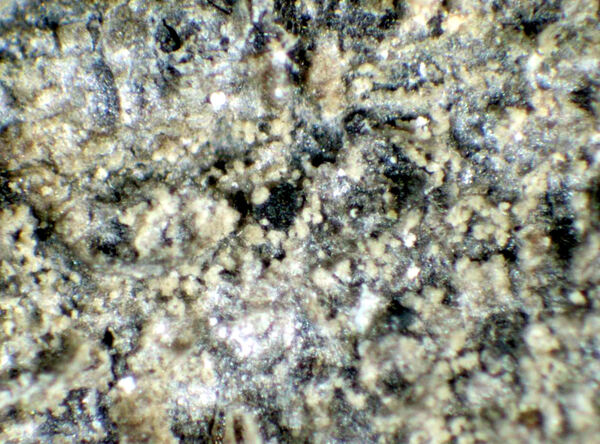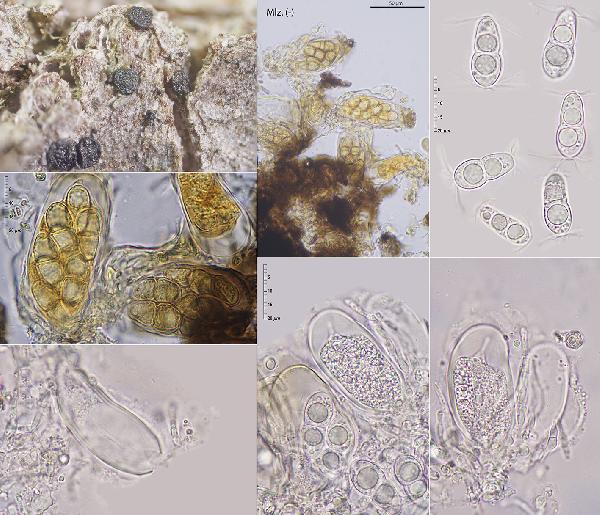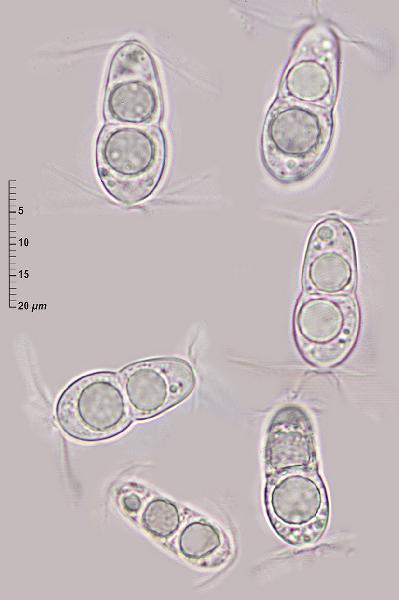Melaspileella proximella (Th. Fr.) Boud.
Hist. Class. Discom. Eur.: 182, 1907. Basionym: Catillaria proximella Th. Fr. - Lich. Arctoi: 205, 1860.
Synonyms: Arthonia proximella (Nyl.) Nyl.; Arthopyrenia furfuracea A. Massal.; Buellia mughorum Anzi; Caldesia proximella (Nyl.) Trevis.; Lecidea proximella Nyl.; Melaspilea fugax Müll. Arg.; Melaspilea proximella (Nyl.) Nyl.; Melaspileella proximella (Nyl.) Ertz & Diederich
Distribution: N - Frl, Ven (Lazzarin 2000), TAA (Nascimbene & al. 2007b), Lomb (Valcuvia & Truzzi 2007b), Lig (Watson 2014). C - Tosc, Marc (Nimis & Tretiach 1999), Sar (S-F75929).
Description: Thallus mostly endosubstratic, thin and inapparent, whitish grey, probably not lichenised. Apothecia black, epruinose, 0.1-0.3(-0.4) mm across, round to angular, with a concave to slightly convex, epruinose disc sometimes hidden by a very thin, raised and inflexed, most often poorly evident proper margin. Proper exciple black in outer part, paler within, not extending below the hymenium; epithecium brown, inspersed with granules; hymenium colourless to pale brown, 60-75 µm high, I+ pale blue; paraphyses 1-2 µm thick, mostly simple or sparingly branched and anastomosing, thread-like, the apical cells brown, to 4 µm wide; hypothecium colourless to pale yellowish brown, 20-30 µm high. Asci (4-)8-spored, broadly clavate to ellipsoid, bitunicate, the apical thickening with an internal beak, K/I-. Ascospores 1-septate, slightly constricted at septum, with slightly unequal cells, at first hyaline, finally pale brown, sole-shaped, (14-)18-22(-23) x (5.5-)7-9(-11) µm, when young bearing 2–3 flagella-like appendages which disappear with age. Photobiont absent (or thallus loosely associated with trentepohlioid algae). Spot tests: thallus K-, C-, KC-, P-, UV-. Chemistry: without lichen substances.Note: an inconspicuous, probably overlooked species, found on the bark of deciduous and coniferous trees in upland areas. The Massalongian name is from 1856.
Growth form: Fungus
Substrata: bark
Reproductive strategy: mainly sexual
Commonnes-rarity: (info)
Alpine belt: absent
Subalpine belt: extremely rare
Oromediterranean belt: absent
Montane belt: very rare
Submediterranean belt: extremely rare
Padanian area: extremely rare
Humid submediterranean belt: very rare
Humid mediterranean belt: extremely rare
Dry mediterranean belt: absent

Predictive model
Herbarium samples
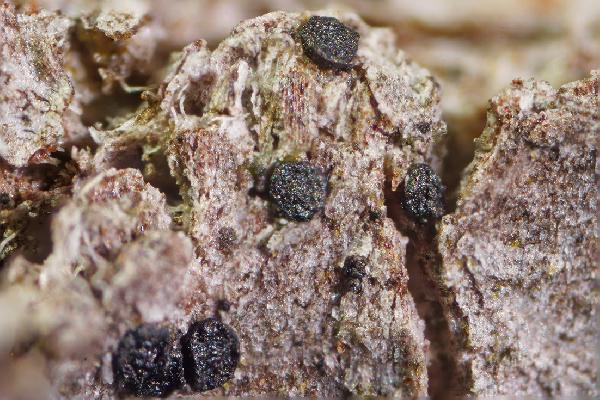
Enrique Rubio Domínguez - Centro de Estudios Micologicos Asturianos
Spain, Puerto de Leitariegos (Cangas del Narcea-Asturias), 4-VIII-2019, en madera corticada de Juniperus alpina, leg. & det. E. Rubio, ERD-7986.
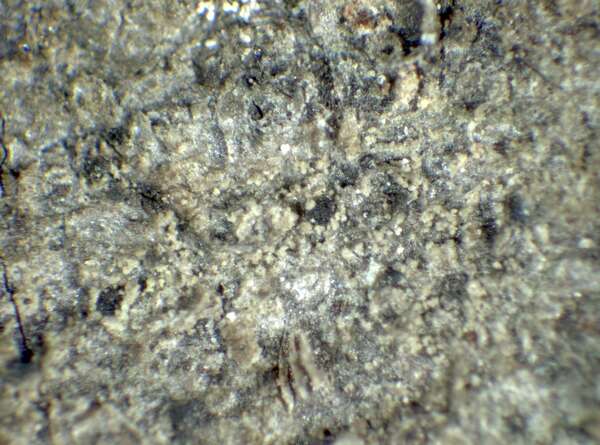

P.L. Nimis; Owner: Department of Life Sciences, University of Trieste
Herbarium: TSB (3657)
2001/12/09
Growth form: Fungus
Substrata: bark
Reproductive strategy: mainly sexual
Commonnes-rarity: (info)
Alpine belt: absent
Subalpine belt: extremely rare
Oromediterranean belt: absent
Montane belt: very rare
Submediterranean belt: extremely rare
Padanian area: extremely rare
Humid submediterranean belt: very rare
Humid mediterranean belt: extremely rare
Dry mediterranean belt: absent

Predictive model
| Herbarium samples |

Enrique Rubio Domínguez - Centro de Estudios Micologicos Asturianos
Spain, Puerto de Leitariegos (Cangas del Narcea-Asturias), 4-VIII-2019, en madera corticada de Juniperus alpina, leg. & det. E. Rubio, ERD-7986.


 DOLICHENS
DOLICHENS
